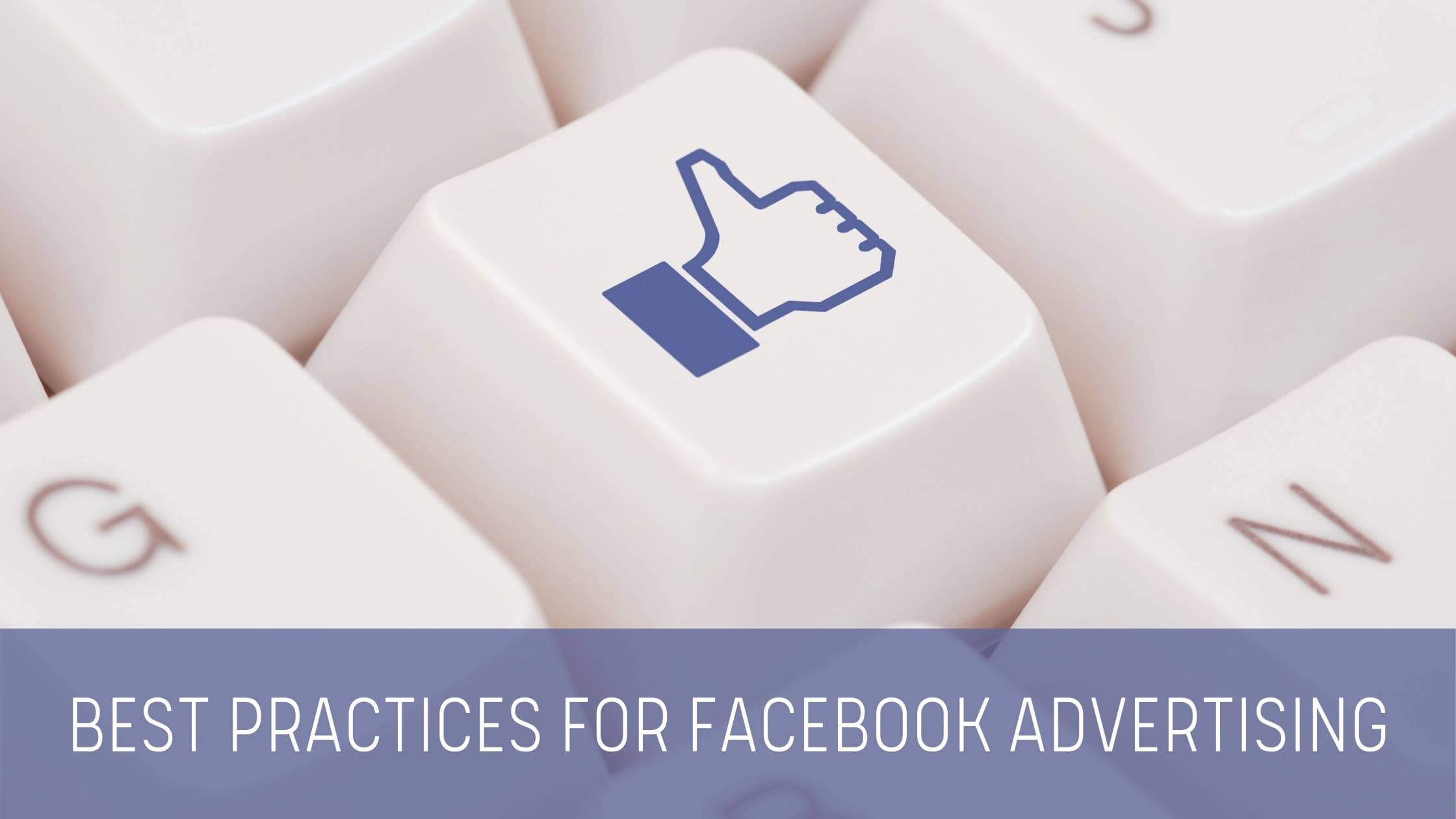Facebook advertisements are still an effective way for businesses to interact with their target consumers on social media. Facebook’s services are used by over two billion people every month, so no matter what kind of audience you’re looking for, you’ll find them on Facebook.
Facebook may help your hearing practice increase brand recognition, recruit new patients, and move interested customers to the bottom of the sales funnel if used appropriately.
But where do you start? First, let’s take a look at some Facebook ad best practices you should be aware of.
Be intentional about your objectives
Consider why you need a Facebook ad in the first place before diving in. Is it to get more people to fill out your contact form? What about the number of pageviews? Are you expanding brand awareness? Knowing what you genuinely want to accomplish will make evaluating the campaign’s performance much more accessible.
Concentrate your efforts on a single group of people
The most important part of Facebook advertisements is targeting. Facebook offers the best ad targeting of all the sites.
This targeting allows you to be highly specific about who sees your ad. For example, as a hearing practice owner, you may want to target those who reside within driving distance of your office and have previously visited your page.
Here are some examples of how your Facebook ads should be targeted:
- Place: People can be targeted based on their location (city, state, country)
- Gender: You can target people based on their gender (male or female, non-binary or otherwise).
- Interests: This feature allows you to target people based on what they like doing.
- Behaviors: This feature enables you to target people based on their previous actions, such as visiting your website.
- Connections: This feature allows you to connect with folks who have already liked or have friends who have liked your page.
Make sure your ad images and copy are in sync
Facebook ads are well-known for their image-driven layout. So it’s easy to imagine a Google ad without a picture, but not a Facebook ad.
The importance of choosing the right images in Facebook ads cannot be overstated. They can create or destroy your campaign’s success. Clear, visually appealing, and recognizable Facebook photographs are essential.
Perfect your ad copy
The first thing that springs to mind when you think of an advertisement is most likely a picture. Of course, images are essential in commercials, but so is the ad copy.
A well-written ad copy will entice your audience to click on the ad that leads to your website. To be effective, your ad copy must be captivating, engaging, and amusing.
Another thing to keep in mind is that your ad wording must correspond to your image. Viewers may be confused about the ad they are advertising if the copy and graphics don’t match, and they may not click on it.
Keep your ad copy simple, but make sure it communicates your message. It’s also essential for your advertisement to be clear to understand. When people view your ad, they should comprehend how it benefits them, what you’re selling, and what they should do next. These are the areas of your copy where you can focus your efforts. If your ad copy answers those questions, you’re off to a good start.
Don’t forget your call-to-action
Sales funnels and call-to-actions (CTAs) are tightly linked. The calls to action serve as a connection point between the various stages of the buyer’s journey. They instruct the user on what to do next and encourage them to take action immediately.
The easier it is for people to take the next step, the more likely they are to do so. Your call to action improves the user experience. You provide the solution in the form of an eye-catching, brightly colored button that takes them to the next step in the purchasing process, rather than leaving the audience guessing and wondering how to proceed. By eliminating the need to address a problem, you’ve made it simple for your clients to go on to the next step.
If you want users to stop scrolling and pay attention to your ad, you must be clear and concise about one thing you want them to do after seeing it. Make the call-to-action simple to understand and create a compelling reason for the customer to act. For example, solve their problem, give something away, or generate excitement about a new hearing aid.
Ready to start your ad campaign?
It’s time to get your campaign up and going now that you’ve mastered the essentials. For additional information on how we can help you with your campaign, contact us today.

